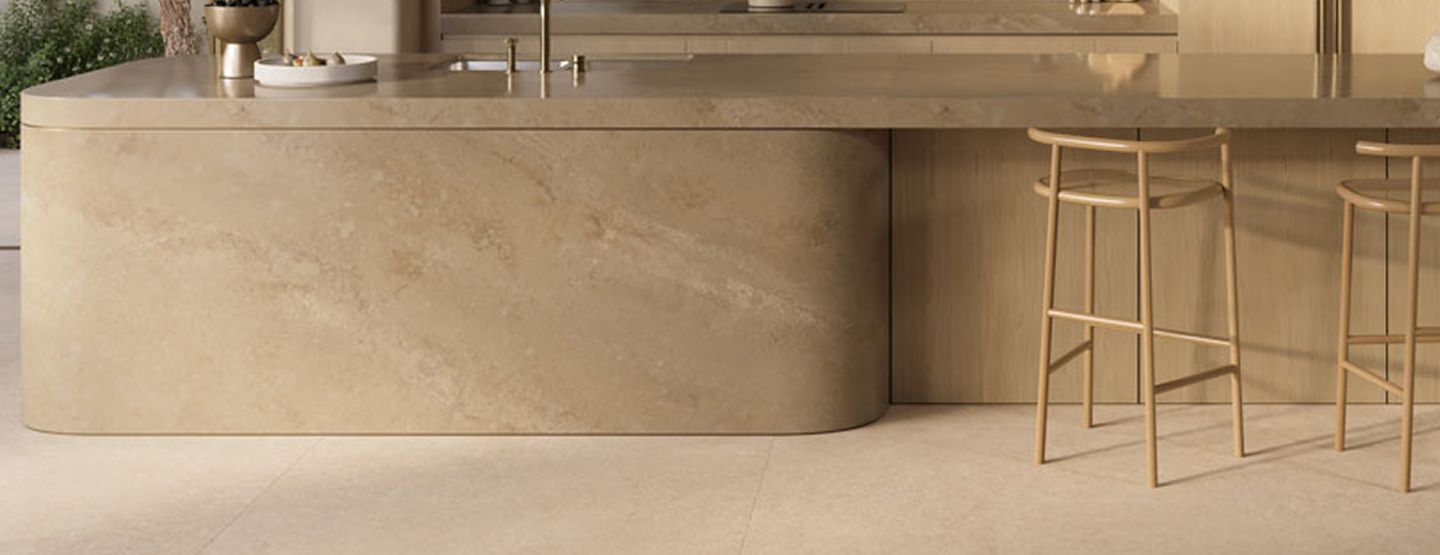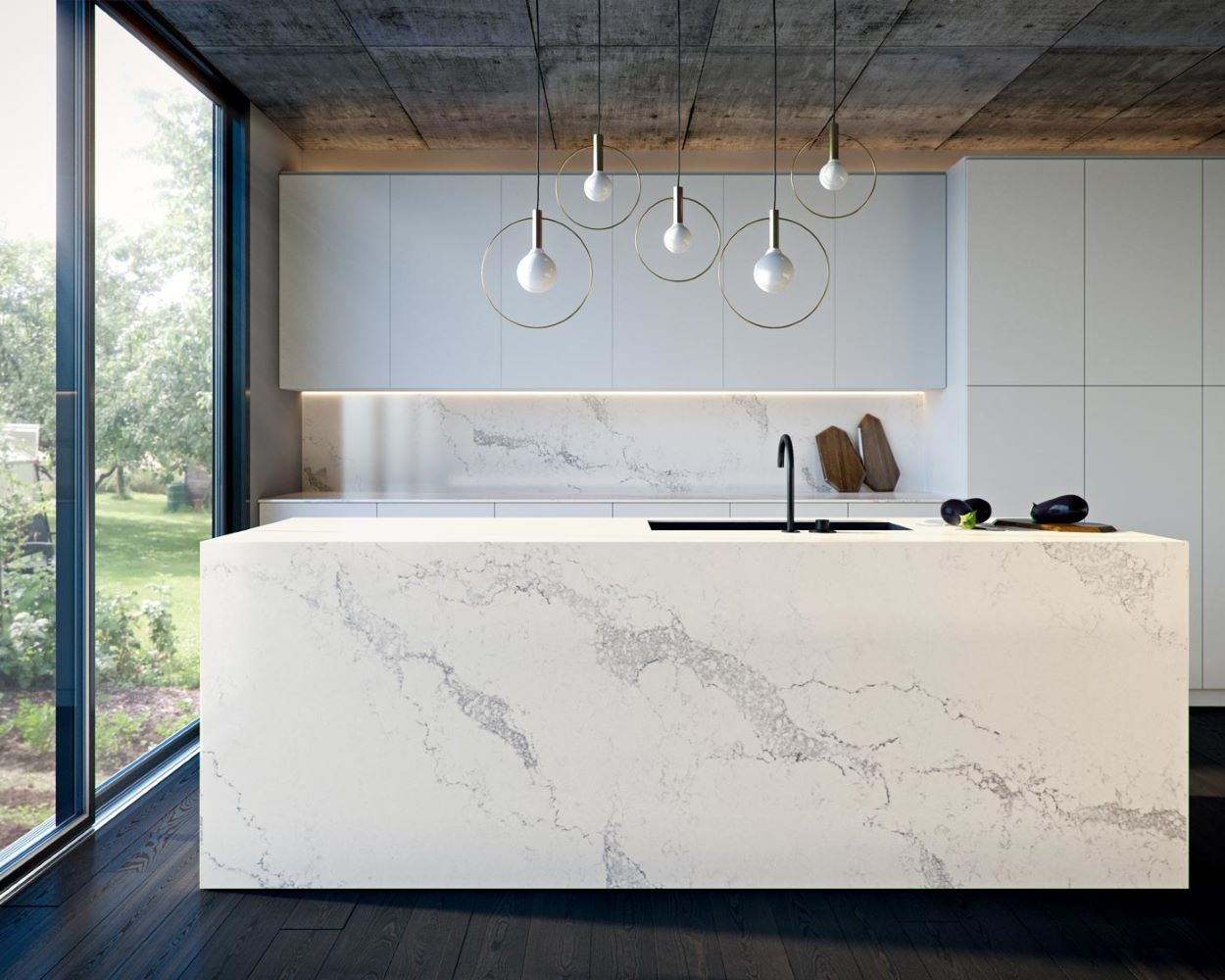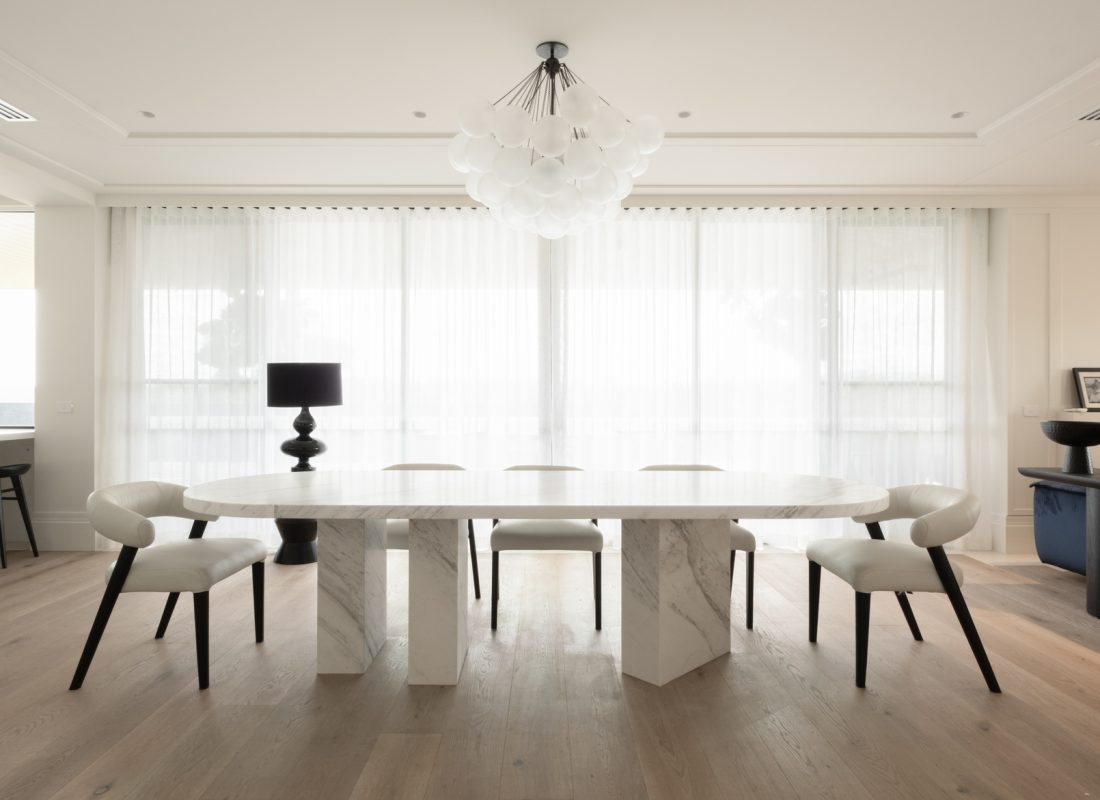Table of Contents
ToggleWhen designing a modern, high-end kitchen, few features make a strong visual statement and offer smooth functionality like a curved or three-dimensional benchtop. This is where thermoforming becomes important.
For designers and homeowners , Thermoforming Cost in Melbourne is a significant factor. Understanding the pricing structure for this premium customization method is crucial. This article explains the specific factors that increase the price of thermoforming, helping you plan your budget for your ideal flowing design interior.
What Is Thermoforming? (Brief Overview)
Thermoforming refers to a specialized process used for acrylic solid surface materials, such as Corian, HI-MACS, or Staron. It does not apply to natural stone or engineered quartz.
The method involves heating acrylic sheets to high temperatures, making them flexible. Custom-made molds or jigs are then used to bend and shape the sheets into complex curves. Once cooled, the material retains its new shape.
It is widely used for creating:
– Seamless, waterfall-style curves on kitchen islands.
– Curved reception desks and bar tops.
– Integrated, curved sink bowls and coves.
The need for specialized equipment, material handling, and skilled labor is why thermoforming typically costs more than standard flat fabrication.
Key Factors That Affect Thermoforming Cost
The price of a thermoformed benchtop is not usually given as a simple square-meter rate. Instead, it is a project-based cost driven by five main factors:
| Cost Factor | Explanation |
| Material Type and Thickness | Different acrylic solid surface brands (e.g., Corian vs. proprietary brands) have varying base sheet costs. Thicker sheets require more heat and longer cycle times, increasing the cost. |
| Project Size and Complexity | The single biggest cost driver. A simple 90-degree bend is cheaper than a tight, compound ‘S’ curve. The number of individual pieces and seamless joints required also escalates labour time. |
| Labor and Expertise | Thermoforming requires specialized training and equipment, including precision heating ovens and vacuum tables. Skilled fabricators in Melbourne who specialize in this niche command premium rates. |
| Finishing and Installation | Achieving the iconic seamless look requires extensive post-forming work, including sanding, polishing, and site assembly of curved sections, which adds substantial labour time. |
| Geographical Location | While Australia has a national standard for high-end fabrication, Melbourne’s specific market for skilled trade labour and specialized material suppliers will influence the final quote compared to regional areas. |
Typical Price Ranges (Australia/Melbourne Context)
Thermoformed acrylic solid surface benchtops fall into the premium and luxury categories, well above the price of standard laminate or mid-range engineered stone.
– **Standard Flat Fabrication (Acrylic)**: Starts from about $700 to $1,200 per square meter, installed.
– **Simple Thermoforming (Standard Radii)**: For basic curves using non-custom molds, expect a price increase of 30% to 50% over the flat fabrication rate.
– **Complex Thermoforming (Custom Designs)**: For detailed curves, multiple joints, or tight radii, the cost can exceed $1,500 to $2,500+ per square meter, mainly due to the tooling and labor hours.
In context, thermoformed benchtops compete directly with high-end, rare natural stones, like premium marble, which can cost up to $4,800+ per square meter. They offer a design flexibility that stone cannot match.
Hidden or Additional Costs to Consider
When getting a quote, make sure these often-overlooked expenses are clearly listed:
– **Custom Mold Creation**: For unique, non-standard curves, a custom wood or metal mold must be made. This can add hundreds to thousands of dollars to the initial project cost, depending on its size and complexity.
– **Design and Prototyping Fees**: If your design is complicated or pushes material limits, the fabricator may charge for design review and small-scale testing.
– **Wastage**: Heating and shaping solid surfaces can create significant material waste, especially with complex shapes. You pay for the full sheet, not just the final piece.
– **Transportation and Handling**: Large, curved pieces need careful handling during transport from the Melbourne workshop to the installation site to prevent damage.
Tips to Reduce Thermoforming Costs
You can help control the final price by optimizing the design:
– **Choose Standard Radii**: If your fabricator has existing molds for certain curves, use those. Custom tooling is costly.
– **Combine Flat and Curved Sections**: Limit thermoforming to feature sections and use standard flat fabrication for the bulk of the benchtop.
– **Work with Experienced Fabricators**: An experienced workshop can minimize errors, waste, and cycle time, saving you money on repeat work and materials.
– **Request Multiple Quotes**: Due to the specialized nature of the work, quotes can vary widely. Get at least three detailed quotes.
FAQs — Thermoforming Cost
What is the average cost of thermoforming per square foot?
It is typically quoted per project, not per square foot/meter. Expect the final thermoformed surface to range from $1,500 to $2,500+ AUD per square meter, including labor and fabrication, depending on complexity.
Why is thermoforming more expensive than standard fabrication?
It costs more because it requires specialized heating equipment, custom-built molds, and skilled labor for bending and finishing processes.
Does the type of acrylic solid surface affect the price?
Yes. Premium or designer-branded acrylics have higher raw material costs than generic brands, increasing the overall project price.
Are there hidden costs in thermoforming projects?
The most common hidden costs include custom tooling fees and design fees, which should always be requested in the quote breakdown.
How can I reduce thermoforming costs for my project?
Simplify the design, minimize tight curves, and use the fabricator’s standard tooling where possible.
Is thermoforming worth the investment?
Yes, if your design needs a seamless, non-porous finish with fluid curves or complex shapes. It offers a level of flexibility and hygiene that other materials cannot match.
Conclusion
Thermoforming represents a top level of customization in modern benchtop design. It is clearly more expensive than traditional flat fabrication for materials like engineered stone or laminate.
The final cost in Melbourne depends on the choice of material, design complexity, and labor expertise. Understanding the factors that influence these prices, particularly the cost of specialized labor and tooling, can help ensure that your thermoformed benchtop is not just a stunning feature but also a smart long-term investment.
Contact us for a consultation and discover the seamless possibilities of thermoformed solid surface for your home or commercial project.



